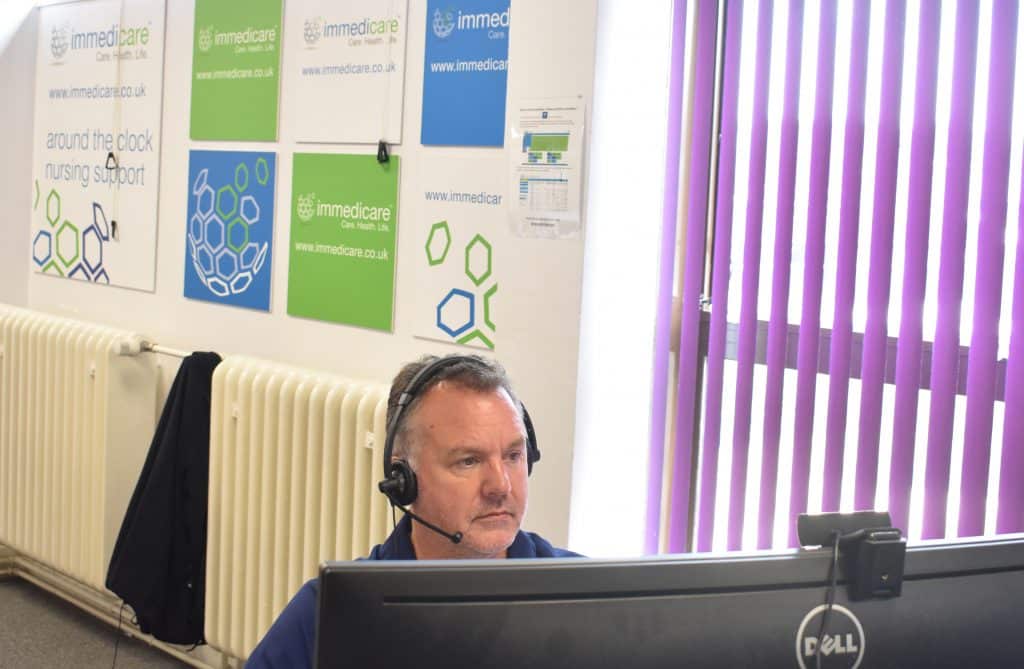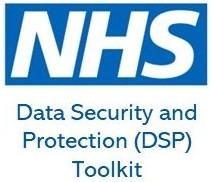Reducing A&E Admissions – Immedicare Reduce A&E Admissions
I’ve worked in the hub for 18 months now, and no two days are ever the same. There is never an average day and you never know what call you’re going to get, or how many. One call can be someone who has become acutely unwell suddenly, and the next call could be someone who just needs a bit of advice. Sometimes we can be inundated with calls with no gaps in between; sometimes we have a quieter period with fewer calls.
I’ve always been interested in telemedicine as I was a community nurse who would regularly visit people in their homes who had used telemedicine to alert a nurse that they were unwell or needed assistance. This experience with telemedicine and the staggering statistics showing how much telemedicine reduces GP visits and hospital admissions motivated me to work in Airedale’s Digital Care Hub with the Immedicare team so I could see the benefits of telemedicine from the heart of it.

Being able to see someone on the screen and carry out a face to face assessment, allows us to make judgement calls on whether the resident needs to see a GP straight away, or if there is just some advice that can be given. We often give the carers tasks and ask them to call back afterwards: these can be things like increasing the resident’s oral fluids, as dehydration is common as older people who are unwell or drowsy tend to drink less often. If we can increase the resident’s fluids and get them back on their feet, not only have we saved a GP visit, but we have educated the staff on the importance of hydration and this will help them give the best care in the future and improve the quality of people’s lives.
There can be challenging parts of my job. I never know what call is coming next so I must quickly familiarise myself with the patient and the situation to ensure I’m managing the call appropriately. The team in the hub is varied and we all have different expertise. My background is primarily community nursing, another nurse’s experience is mainly intensive care, we have qualified tissue viability nurses, nurses with diabetes qualifications, so we work with each other to ensure we handle every call correctly and give the best care we possibly can.
I’ve had many memorable and positive calls, but one which sticks in my mind is a lady who had had a cardiac arrest. I had to instruct the staff in CPR over the video call, which is the only time in 18 months that I’ve had to do that. I was assisting the carers to give CPR to the lady, by helping them keep rhythm and letting them know if they could compress deeper or faster. Whilst I was doing this, my colleague was on the phone to the ambulance service and fortunately we managed to get her breathing again before she was taken to hospital. As my background is community nursing, I have given CPR several times before, but this was a first. It was quite frustrating for me not being able to be there with the carers and the patient to help them, but I’m glad I could help using telemedicine.
The best part of my job is having a positive impact on resident’s lives: even just giving the correct advice on pain relief can make a huge difference. I like making people feel more comfortable with their situation and what’s going on in their life, as there will be people living with chronic diseases and acute illnesses who are in pain and feeling unwell. Being able to help reduce their pain and bring them some comfort improves their quality of life so it’s important and rewarding. I’ve been nursing for almost 30 years and that has always been my motivation and what drives me.
By Andrew Pengelly, Senior Clinical Assessor for Immedicare




